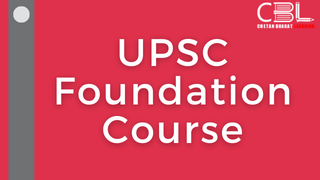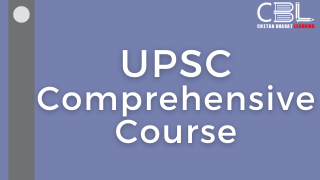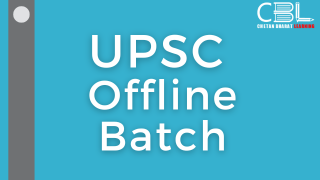Important for
Prelims: Indian Polity
Mains: General Studies II
A motion is a formal proposal made by a member in a House of Parliament to initiate a debate or a decision on a matter.
No Confidence Motion :
- In a parliamentary democracy, a government should have a majority in Lok Sabha to continue in power. As per Article 75(3) of our Constitution, the Council of Ministers are collectively responsible to the Lok Sabha.
- For testing this collective responsibility, the rules of Lok Sabha provide for motion of no-confidence.
- Any Lok Sabha MP having support of 50 MPs can introduce a motion of no-confidence against the Council of Ministers.
- Thereafter, a discussion on the motion takes place. MPs who support the motion highlight the government’s shortcomings, and the Treasury Benches respond to the issues.
- Finally, a vote on motion takes place. If the motion is passed, the government will have to resign.
- A no confidence motion can only be moved in the Lok Sabha.
How has this motion been used by opposition :
- Historically, the no confidence motion has been employed as an instrument to compel a discussion on a particular topic or matter.
- The Opposition does not have numbers. But, still it has moved the motion to force the government to have a discussion on the situation in Manipur.
- During the third Lok Sabha in 1963, the first motion of no confidence was moved by Acharya J B Kripalani against the Nehru led government. The debate on the motion lasted for 21 hours over four days. 40 MPs participated in the debate.
- Nehru remarked that the purpose of the no-confidence motion is to remove the party in government. It is not expected in this instance. I have welcomed this motion and this debate. Periodical tests of the government is a good thing.
Adjournment Motion:
- A motion for adjournment is moved to discuss a definite matter of urgent public importance and must be of immediate concern, with the Speaker’s consent.
- It needs the support of 50 members to be admitted. As it interrupts the normal business of the House, it is regarded as an extraordinary device.
- This motion is available in the Lok Sabha but not in the Rajya Sabha.
- It is important to note that the passage of an adjournment motion does not require the government to resign, but it is considered a strong censure of the government.
Short Duration Discussion:
- Under Rule 193 of the Lok Sabha rules and Rule 176 of the Rajya Sabha rules, short duration discussions can take place.
- A short duration discussion allows MPs to discuss a specific issue of public importance without voting on it. The debate usually takes place for a fixed duration, not exceeding two hours.
- The purpose of such discussions is to bring attention to important issues and allow diverse perspectives to be heard without taking any formal decisions.
Motion with a Vote:
- This type of motion is brought under Rule 184 in the Lok Sabha. It allows for a debate with a vote on a specific question, and the outcome of the vote determines Parliament’s position on the issue.
- If such a motion is passed, it obliges the government to follow Parliament’s decision on the matter.
- However, motions with a vote are relatively rare and are usually reserved for matters of significant national importance.
Practice Questions for Prelims
A motion of no confidence is moved against
a) Individual Minister
b) Council of Ministers
c) Prime Minister
d) Political Party
Ans. b)
Mains Practice Question
What is a No Confidence Motion, and how is it initiated in the Lok Sabha? Discuss the procedural aspects and significance of this parliamentary device.




Leave a Reply
You must be logged in to post a comment.